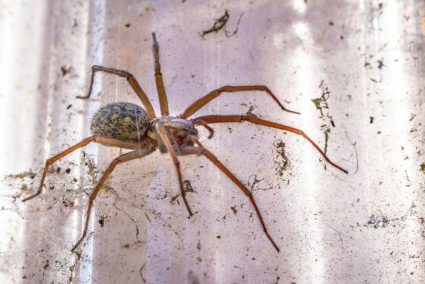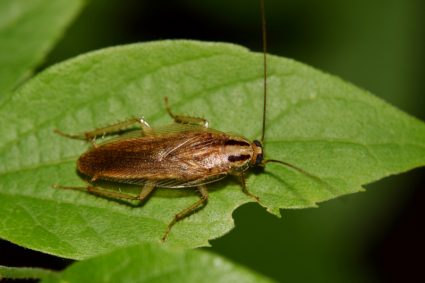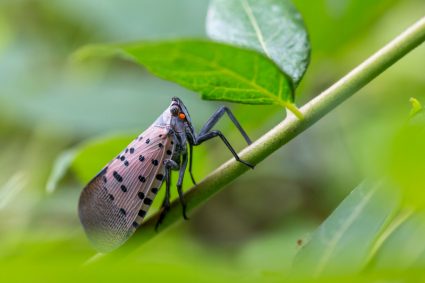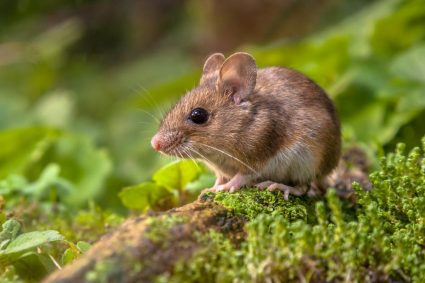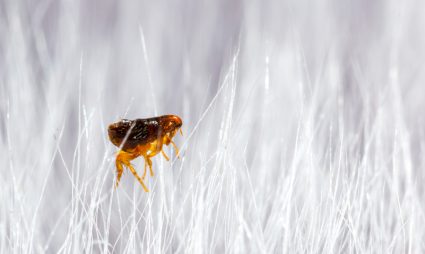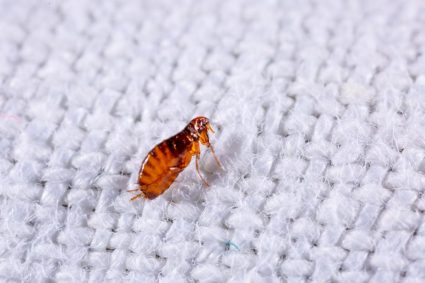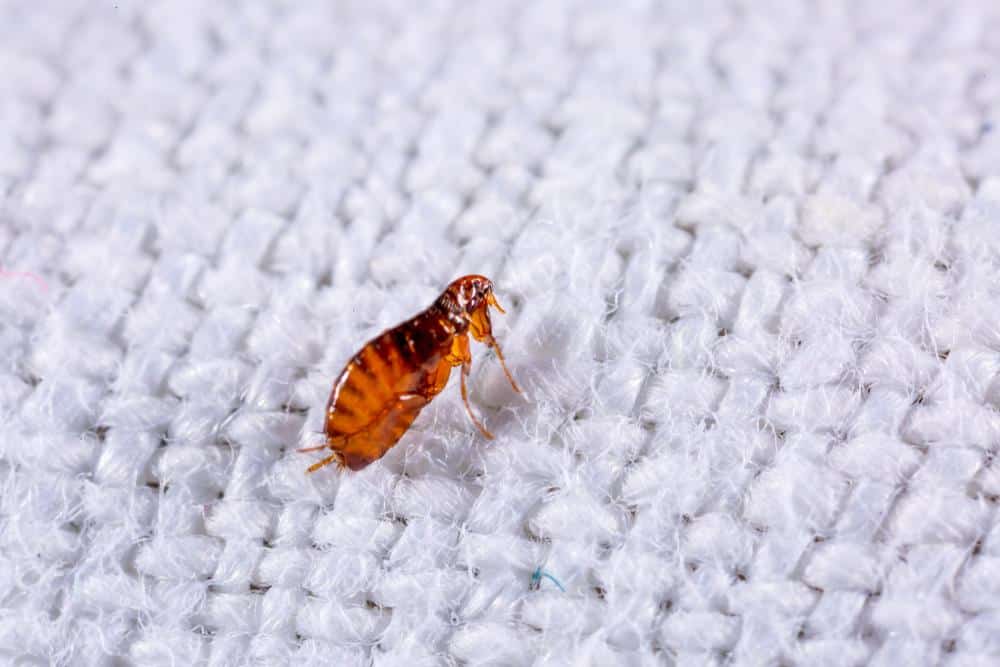
Fleas are a common and aggravating problem for cats and their owners. They cause itching, allergy, and can transmit diseases. Traditional chemical treatments can be effective but may also pose health risks for both pets and humans. Natural flea repellents, on the other hand, offer a safer alternative, but it’s important to understand what they are, how they work, and how to use them effectively.
A natural flea repellent for cats is a substance that fleas find unpleasant or toxic, making your pet and home an unfavorable environment for these pests. Common natural flea repellents include lemons, cedar, lavender, rosemary, and diatomaceous earth. These can be used in different forms such as sprays, powders, or shampoos. It’s important to consult with your vet before using any natural flea repellent to ensure its safety and effectiveness for your cat.
Understanding Fleas and Their Impact on Cats
Fleas are tiny, wingless insects that survive by ingesting the blood of their hosts, which include cats. They can cause various health issues, including skin irritation, hair loss, and even anemia. Fleas can also transmit diseases like Bartonella, which can cause cat scratch disease in humans.
The Role of Natural Flea Repellents
Natural flea repellents are substances that fleas find unpleasant or toxic. They work by making your pet and home an unfavorable environment for these pests to live and breed. Common natural flea repellents include lemons, cedar, lavender, rosemary, and diatomaceous earth. They can be used in different forms such as sprays, powders, or shampoos.
Key Ingredients in Natural Flea Repellents
When looking for a natural flea repellent, consider ingredients like citric acid (found in lemon juice), cedarwood oil, rosemary, lemongrass powder, and essential oils like lavender. Always consult with your vet before using any natural flea repellent to ensure the safety and effectiveness of the chosen remedy for your cat.
Applying Natural Flea Repellents
To properly apply a natural flea repellent, first, choose an appropriate remedy and test it for sensitivity on your cat’s skin. If there’s no adverse reaction, apply the repellent lightly on your cat’s fur, avoiding the eyes, nose, and mouth. Regularly reapply the repellent as per the specific instructions and combine this with regular combing of your cat’s fur to remove any fleas and their eggs.
Potential Side Effects and Risks
Even natural flea repellents can have potential side effects. Some cats might be sensitive or allergic to certain ingredients. Essential oils, for instance, can cause adverse effects in some cats. Always monitor your cat for any unusual symptoms or behaviors after using a flea repellent and consult your vet if you notice anything concerning.
Effectiveness and Frequency of Use
The effectiveness of natural flea repellents can vary, and they may need to be applied more frequently than chemical treatments. Some products may show results within hours, while others may take days or even weeks. Always follow the manufacturer’s instructions for optimal results.
In conclusion, natural flea repellents can be a safer and more environmentally friendly alternative to conventional treatments. However, always consult with your veterinarian to ensure the safety and effectiveness of any flea control method you choose for your cat.
Frequently Asked Questions
Can I use any type of essential oil as a natural flea repellent for my cat?
No, not all essential oils are safe for cats. Some can be toxic if ingested or applied topically. It’s always important to consult with your vet before using any essential oil as a flea repellent for your cat.
How can I tell if my cat is allergic to a natural flea repellent?
Signs of allergic reactions in cats can include excessive scratching, redness, swelling, hives, vomiting, or difficulty breathing. If you notice any of these symptoms after applying a natural flea repellent, stop using the product immediately and consult your vet.
How often should I comb my cat’s fur when using a natural flea repellent?
Regular combing is essential when using natural flea repellents. Ideally, you should comb your cat’s fur daily to remove fleas and their eggs. A flea comb with fine teeth is most effective for this.
Can I use natural flea repellents on kittens?
Some natural flea repellents may be too strong for kittens. Always consult your vet before using any flea control method on kittens or young cats.
Can I use natural flea repellents in combination with traditional flea treatments?
It’s possible to use natural flea repellents in conjunction with traditional treatments, but this should be done under the guidance of a vet to avoid any potential adverse effects.


